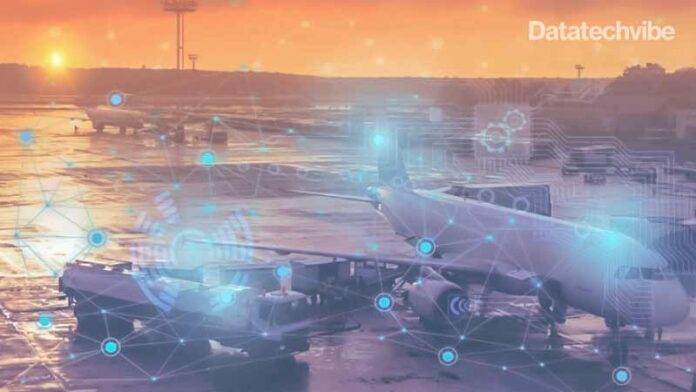Frost & Sullivan’s recent analysis of the global airline digitalisation market finds that major airlines globally have committed to migrating a majority of their information technology (IT) infrastructure to a cloud infrastructure within the next decade. Increasing touchless passenger experiences, optimising internal processes, improving customer outreach through personalisation, and enhancing ancillary revenues (derived from services such as baggage fees and seat selection) are some of the key drivers of the airline digitalisation market, which is estimated to reach $35.42 billion by 2030, surpassing the pre-pandemic level by 2025.
From a regional perspective, Asia-Pacific is expected to remain the largest revenue contributor in 2030, while North America will be the fastest-growing region. Legacy airlines that were in various phases of migrating their workloads to the cloud before the pandemic are expected to continue once the industry begins recovering. New airlines and start-ups bypass legacy infrastructure in favour of open architecture and cloud computing.
“Developments among technology companies, travel start-ups, and other stakeholders in the travel ecosystem are changing the landscape for airline digitalisation,” said Abhilash Varkey Abraham, Senior Research Analyst, Aerospace & Defense Practice at Frost & Sullivan. “In the coming decade, technology giants are projected to play a major role in enabling workload migration to cloud infrastructure for airlines and major airline IT providers. Niche start-ups utilizing next-generation technology to solve specific airline challenges are gaining traction in the industry.”
Also Read: Cloud Adoption Strategies For Enterprises
Abhilash added: “The development and implementation of next-generation technologies, rapid advances in consumer technology, and utilisation of internet of things (IoT), Big Data, and machine learning (ML) to collect and analyse large amounts of data are transforming processes in the industry.”
Increased focus on digitalisation, hardware improvements, cost reduction for software services, and as-a-service business models present lucrative growth prospects for airline digitalisation market participants, including:
- Disruption management and fuel optimization for improved operational efficiency: Digital solutions can help reduce financial losses due to irregular operations by approximately 50 per cent, creating a sizable target market for digital solution providers.
- Big data platforms for enhanced operations and merchandising: Data platforms integrated into existing infrastructure will enhance airlines’ segmentation methods and marketing strategies.
- Cybersecurity for robust operational resilience: Blockchain technology can be implemented in several use cases, including secure identity management, secure data tokenisation, smart contracts for airline maintenance, and certification streamlining.
- Workload migration to cloud for scalability and cost-efficiency: Vendors and system integrators need to build a portfolio of digital services along with core infrastructure and migration services. This will allow airlines to choose solutions as their requirements change.









